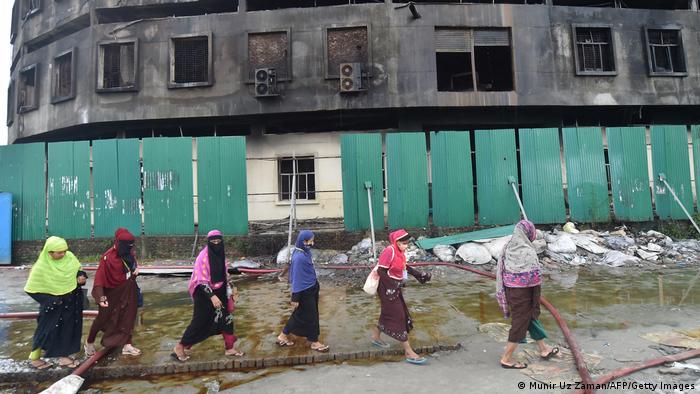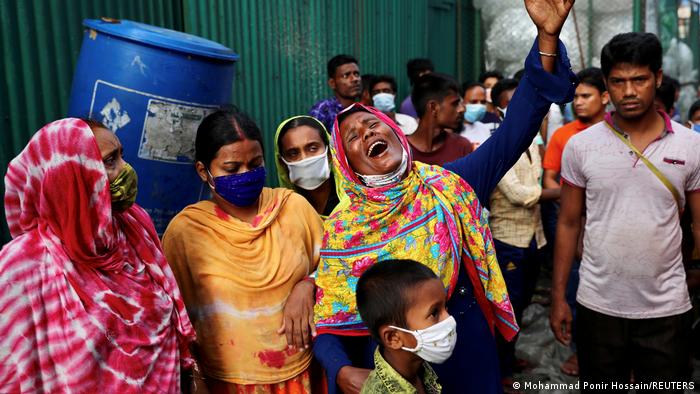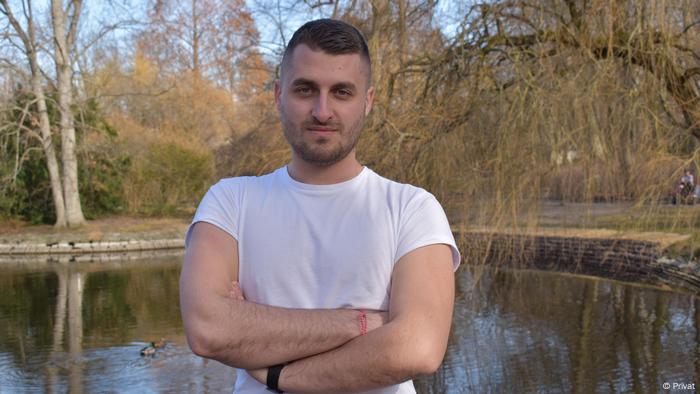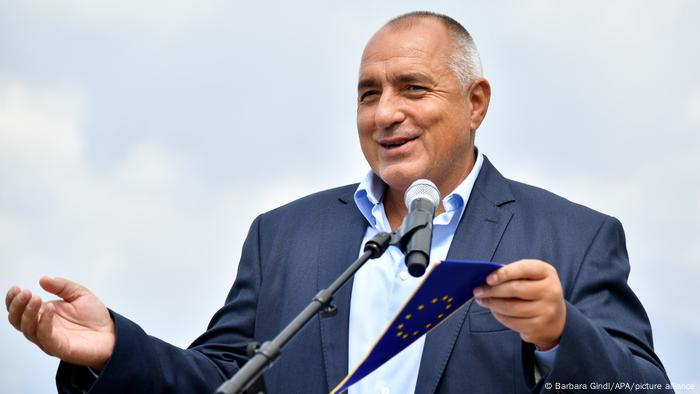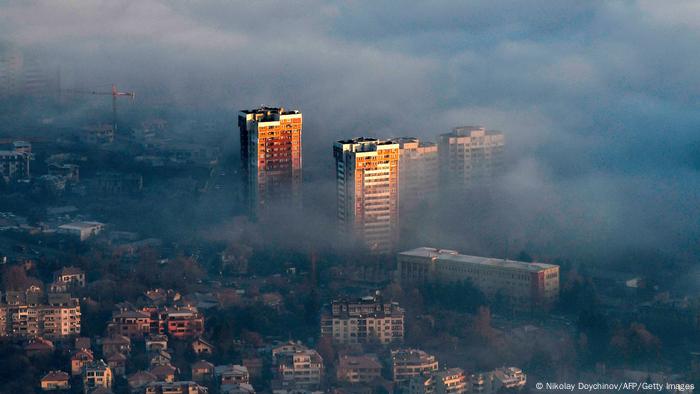10 Jul, 2021
/cloudfront-ap-southeast-2.images.arcpublishing.com/nzme/X4B42BID2R4NXAQ3BSXS465T4M.jpg)
Firefighters from Cal Fire's Placerville station monitor the Sugar Fire, in Doyle, California. Death Valley National Park recorded a staggering high of 57 degrees Celsius. Photo / AP
Firefighters struggled to contain an exploding Northern California wildfire under blazing temperatures as another heatwave hits the US West this weekend, prompting an excessive heat warning for inland and desert areas.
On Friday (local time), Death Valley National Park in California recorded a staggering high of 130F (54C) and could reach the same high on Saturday. If verified, the reading would be the hottest high recorded there since July 1913, when the same Furnace Creek desert area hit 134F (57C), considered the highest reliably measured temperature on Earth.
/cloudfront-ap-southeast-2.images.arcpublishing.com/nzme/5BXF3ONG54WLT5MLFQWNJ6XUDA.jpg)
The Beckwourth Complex — two lightning-caused fires burning 72km north of Lake Tahoe — showed no sign of slowing its rush northeast from the Sierra Nevada forest region after doubling in size between Friday and Saturday.
California's northern mountain areas already have seen several large fires that have destroyed more than a dozen homes.
Although there are no confirmed reports of building damage, the fire prompted evacuation orders or warnings for roughly 2800 people along with the closure of nearly 518sq km of Plumas National Forest.
/cloudfront-ap-southeast-2.images.arcpublishing.com/nzme/AS7SADLUDC73KV5FRJJAA65QNQ.jpg)
On Friday, hot rising air formed a gigantic, smoky pyrocumulus cloud that reached thousands of feet high and created its own lightning, fire information officer Lisa Cox said.
/cloudfront-ap-southeast-2.images.arcpublishing.com/nzme/FYBV2UYATEY4YUNZU4LRDF4VUA.jpg)
Spot fires caused by embers leapt up to 1.6km ahead of the northeastern flank — too far for firefighters to safely battle — and winds funnelled the fire up draws and canyons full of dry fuel, where "it can actually pick up speed", Cox said.
The flames rose up to 31m in places, forcing firefighters to focus instead on building dozer lines to protect homes.
/cloudfront-ap-southeast-2.images.arcpublishing.com/nzme/GXTHODVBTATTMQOCLXD33DANCE.jpg)
Firefighters usually took advantage of cooler, more humid nights to advance on a fire, Cox said, but the heat and low humidity never let up. The more than 1200 firefighters were aided by aircraft. But the blaze was expected to continue forging ahead.
The air was so dry that some of the water dropped by aircraft evaporated before reaching the ground, she added.
/cloudfront-ap-southeast-2.images.arcpublishing.com/nzme/LAFARG2E7ACCMZTGPR5APAYWKU.jpg)
"We're expecting more of the same the day after and the day after and the day after," Cox said.
The blaze, which was only 8 per cent contained, increased dramatically to 222sq km after fire officials made better observations.
/cloudfront-ap-southeast-2.images.arcpublishing.com/nzme/AVBF7ZZ3IK7JP75D7YUDCWEYZQ.jpg)
It was one of several threatening homes across Western states that are expected to see triple-digit heat through the weekend as a high-pressure zone blankets the region.
The National Weather Service warned the dangerous conditions could cause heat-related illnesses, while California's power grid operator issued a statewide Flex Alert from 4pm to 9pm Saturday local time to avoid disruptions and rolling blackouts.
/cloudfront-ap-southeast-2.images.arcpublishing.com/nzme/7ATWOKUY4NN4MHL3KZYX2TJX6I.jpg)
The California Independent System Operator warned of potential power shortage, not only because of mounting heat, but because a wildfire in southern Oregon was threatening transmission lines that carry imported power to California.
Governor Gavin Newsom issued an emergency proclamation on Friday suspending rules to allow for more power capacity, and the ISO requested emergency assistance from other states.
Pushed by strong winds, the Oregon fire doubled in size to 311sq km on Saturday as it raced through heavy timber in the Fremont-Winema National Forest near the Klamath County town of Sprague River.
/cloudfront-ap-southeast-2.images.arcpublishing.com/nzme/BVIEGNTAZW62BPTIQOMBEWKK2A.jpg)
NV Energy, Nevada's largest power provider, also urged customers to conserve electricity Saturday and Sunday evenings because of the heat wave and wildfires affecting transmission lines throughout the region.
In Southern California, a brush fire sparked by a burning big-rig in eastern San Diego County forced evacuations of two Native American reservations Saturday.
/cloudfront-ap-southeast-2.images.arcpublishing.com/nzme/4RR54ZQGYJGHBD3GHE7HDZFJHQ.jpg)
In north-central Arizona, Yavapai County on Saturday lifted an evacuation warning for Black Canyon City, an unincorporated town 66km north of Phoenix, after a fire in nearby mountains no longer posed a threat.
A wildfire in southeast Washington grew to almost 155sq km as it blackened grass and timber while it moved into the Umatilla National Forest.
/cloudfront-ap-southeast-2.images.arcpublishing.com/nzme/4GWNFDXZHZJY6TYKUPHWE5GM2A.jpg)
In Idaho, Governor Brad Little declared a wildfire emergency on Friday and mobilised the state's National Guard to help fight fires sparked after lightning storms swept across the drought-stricken region.
Fire crews in north-central Idaho were fighting three lightning-sparked wildfires covering a combined 160sq km. The blazes threatened homes and forced evacuations in the tiny, remote community of Dixie about 64km southeast of Grangeville.

